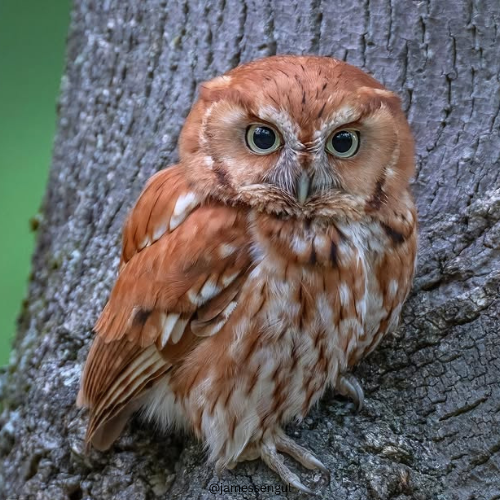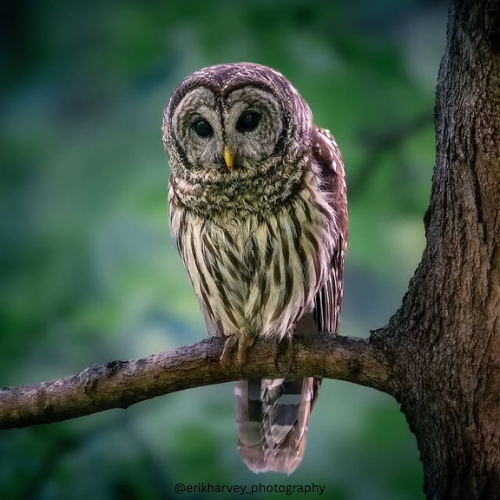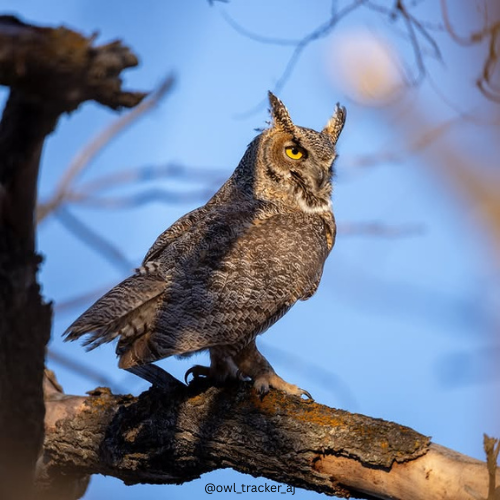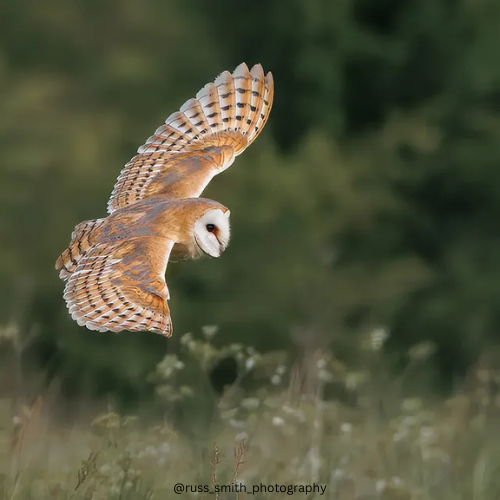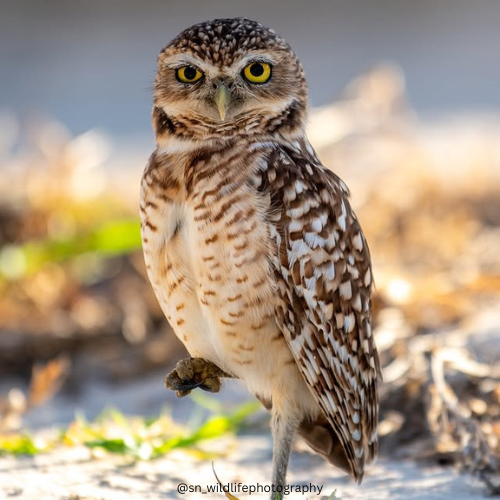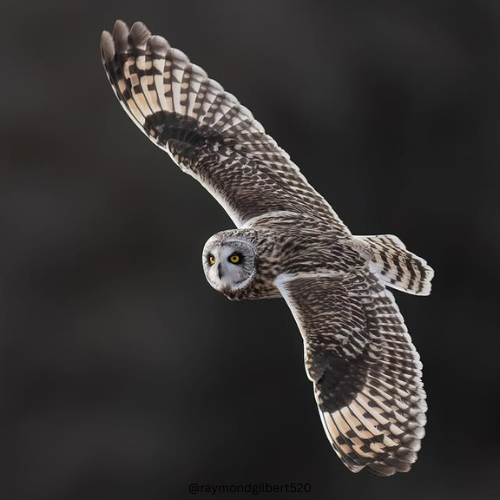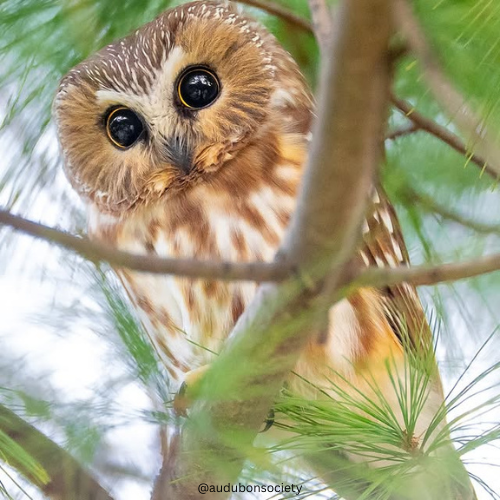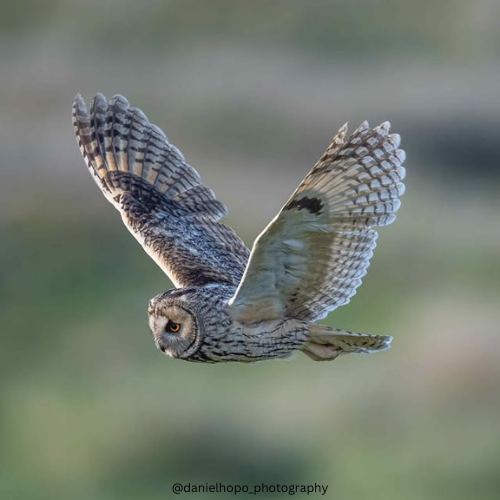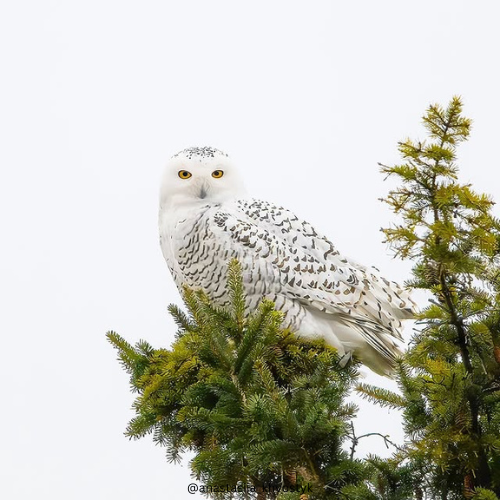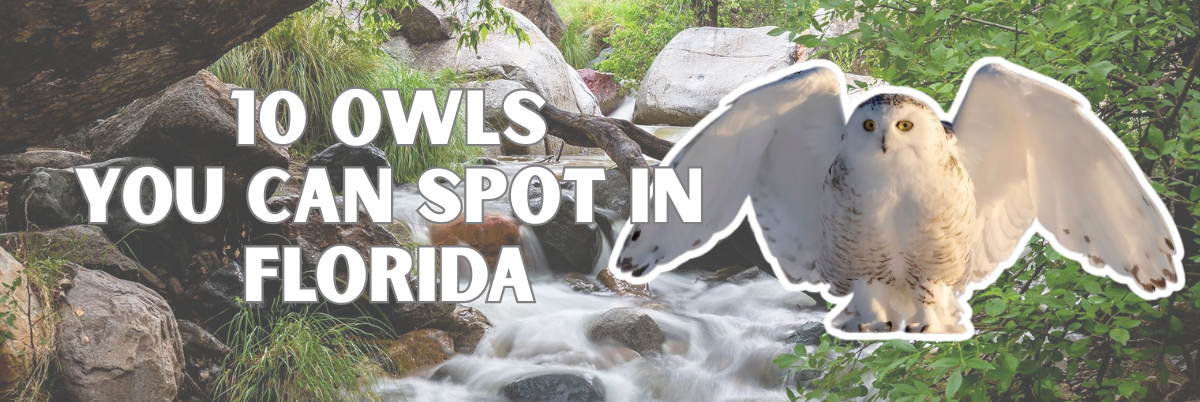
By Avian Feathers Team
Published June 2025
Florida’s nights aren’t just about crickets and rustling palm leaves. Hidden in the trees, burrows, and barns are owls that call this state home. Some are bold and easy to spot. Others are secretive and rare. But all of them are worth looking and listening for.
1. Eastern Screech-Owl
Small but mighty, the Eastern Screech-Owl comes in two color forms: gray or reddish-brown. They blend into tree bark so well, you might walk right past one. Their trilling or whinnying calls are often the first sign they’re nearby. You’ll find them in woodlands, suburbs, and even city parks.
Size
Length: 6–10 in (16–25 cm)
Wingspan: 18–24 in (46–61 cm)
Weight: 4–8.6 oz (113–244 g)
Scientific Name: Megascops asio
2. Barred Owl
“Who cooks for you? Who cooks for you all?” If you’ve heard that echo in the swamp, you’ve met a Barred Owl. These large owls love wet forests and often hunt near water. They have dark eyes, barred patterns on their chest, and a soulful stare.
Size
Length: 16–25 in (40–63 cm)
Wingspan: 38–49 in (96–125 cm)
Weight: 1–2.5 lbs (500–1134 g)
Scientific Name: Strix varia
3. Great Horned Owl
This fierce predator is easy to spot or hear across Florida. It has huge yellow eyes, “horns” of feathers, and a booming hoot that echoes at night. They eat everything from rats to skunks and are even known to take down other raptors.
Size
Length: 18–25 in (46–64 cm)
Wingspan: 36–60 in (91–153 cm)
Weight: 2–5.5 lbs (910–2500 g)
Scientific Name: Bubo virginianus
4. Barn Owl
Barn Owls look like ghosts in the night. With a white, heart-shaped face and silent flight, they’re both beautiful and eerie. These owls hunt in open fields and often roost in barns or abandoned buildings. Their raspy screeches are unforgettable.
Size
Length: 12–16 in (30–40 cm)
Wingspan: 39–49 in (99–125 cm)
Weight: 14–24 oz (400–700 g)
Scientific Name: Tyto alba
5. Burrowing Owl
These owls live underground. Yup, you read that right. In Florida, Burrowing Owls nest in sandy soils and open fields, often near people. They stand upright and bob their heads when curious. Look for them during the day, perched near burrow entrances.
Size
Length: 7.5–10 in (19–25 cm)
Wingspan: 20–24 in (51–61 cm)
Weight: 5–8.5 oz (140–240 g)
Scientific Name: Athene cunicularia
6. Short-eared Owl
You’ll spot this owl at dawn or dusk flying low over fields. It has a rounded head and short tufts you rarely see. Short-eared Owls are winter visitors in Florida and prefer marshes and grasslands. Their floppy flight style is fun to watch.
Size
Length: 13–17 in (34–43 cm)
Wingspan: 33–43 in (85–110 cm)
Weight: 7–17 oz (200–480 g)
Scientific Name: Asio flammeus
7. Northern Saw-whet Owl
Tiny and elusive, the Northern Saw-whet Owl is rarely seen in Florida, but it does turn up. It’s a wide-eyed, pint-sized owl with a high-pitched call that sounds like a tiny saw blade. These owls love dense woods and are more common up north.
Size
Length: 6.5–9 in (17–23 cm)
Wingspan: 16.5–22.2 in (42–56.5 cm)
Weight: 2.3–5.3 oz (65–151 g)
Scientific Name: Aegolius acadicus
8. Long-eared Owl
Long-eared Owls are uncommon in Florida but show up during winter migration. They have long, upright ear tufts and a habit of roosting in dense trees during the day. At night, they hunt open areas for small mammals.
Size
Length: 13.5–16 in (34–40 cm)
Wingspan: 35–39 in (90–100 cm)
Weight: 7.8–15 oz (220–425 g)
Scientific Name: Asio otus
9. Snowy Owl
Rare but unforgettable, the Snowy Owl makes headlines when it visits Florida. These white, Arctic owls occasionally appear during irruption years, when food is scarce up north. They prefer open spaces like airports or dunes.
Size
Length: 20–28 in (52–71 cm)
Wingspan: 49–59 in (125–150 cm)
Weight: 3.5–6.5 lbs (1.6–3 kg)
Scientific Name: Bubo scandiacus
10. Flammulated Owl
Tiny, red-brown, and extremely rare in Florida. Flammulated Owls nest mostly in the western U.S., but a few have turned up as lost migrants. They have dark eyes, soft hoots, and stick to high-elevation forests.
Size
Length: 5.9–6.7 in (15–17 cm)
Wingspan: 14 in (36 cm)
Weight: 1.5–2.2 oz (43–63 g)
Scientific Name: Psiloscops flammeolus
Where to Spot Owls in Florida
Florida is full of great places to hear or spot owls after dark. Some hide in swamps, while others perch near open fields or even in neighborhoods. With a bit of patience, you can find them in parks, forests, and farmlands. Here’s where to look.
Eastern Screech-Owl: Wooded areas, suburban parks, and even backyards. Listen for their trills at night.
Barred Owl: Swamps, riversides, and wet forests across central and northern Florida.
Great Horned Owl: Almost everywhere in Florida, including city edges, farmland, and deep forests.
Barn Owl: Open fields, grasslands, and old barns or buildings, especially near farmland.
Burrowing Owl: Sandy fields, airports, and open lots in south and central Florida. Active during the day.
Short-eared Owl: Winter visitor to coastal marshes, grasslands, and open prairies.
Northern Saw-whet Owl: Dense pine woods and secluded forests. Very rare and most often heard, not seen.
Long-eared Owl: Winter visitor that prefers tall pine groves or thick forests with nearby fields.
Snowy Owl: In irruption years, check coastal dunes, airports, and open beaches in the winter.
Flammulated Owl: Extremely rare. Watch forest edges and highland pine-oak areas if one strays into the state.

